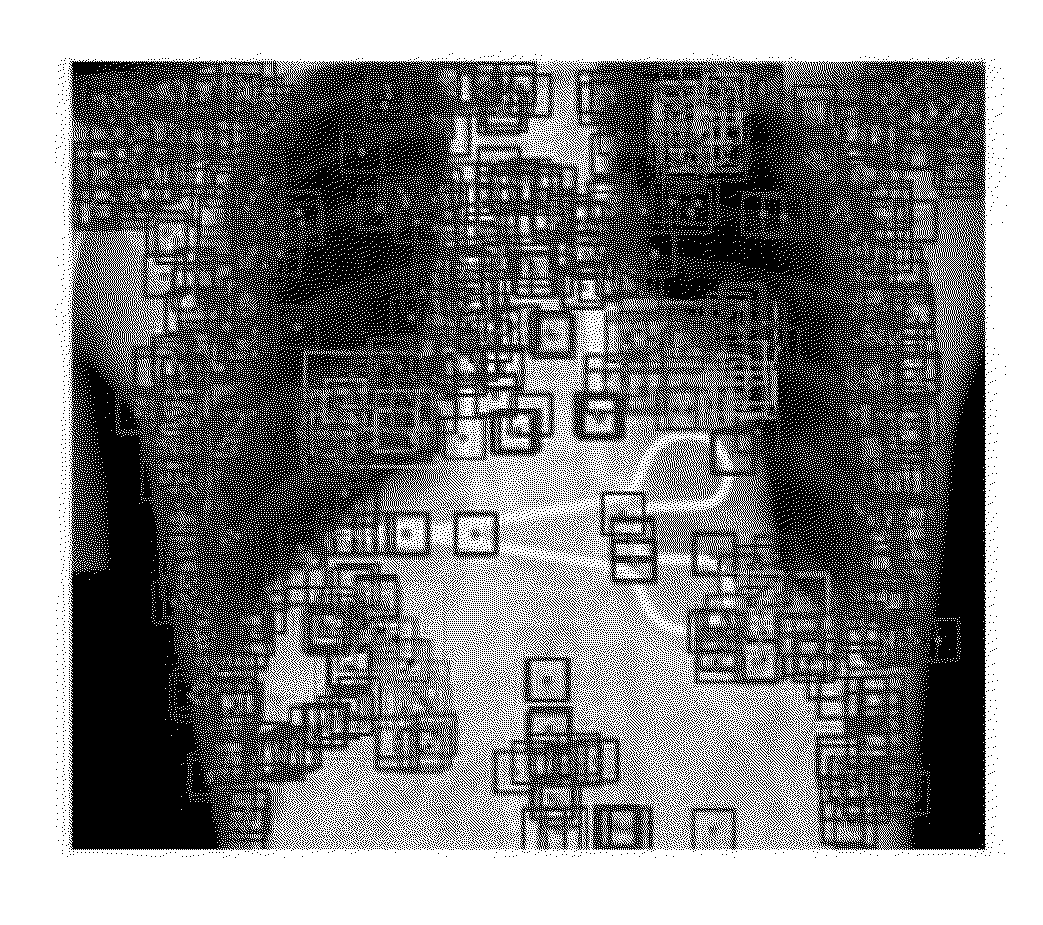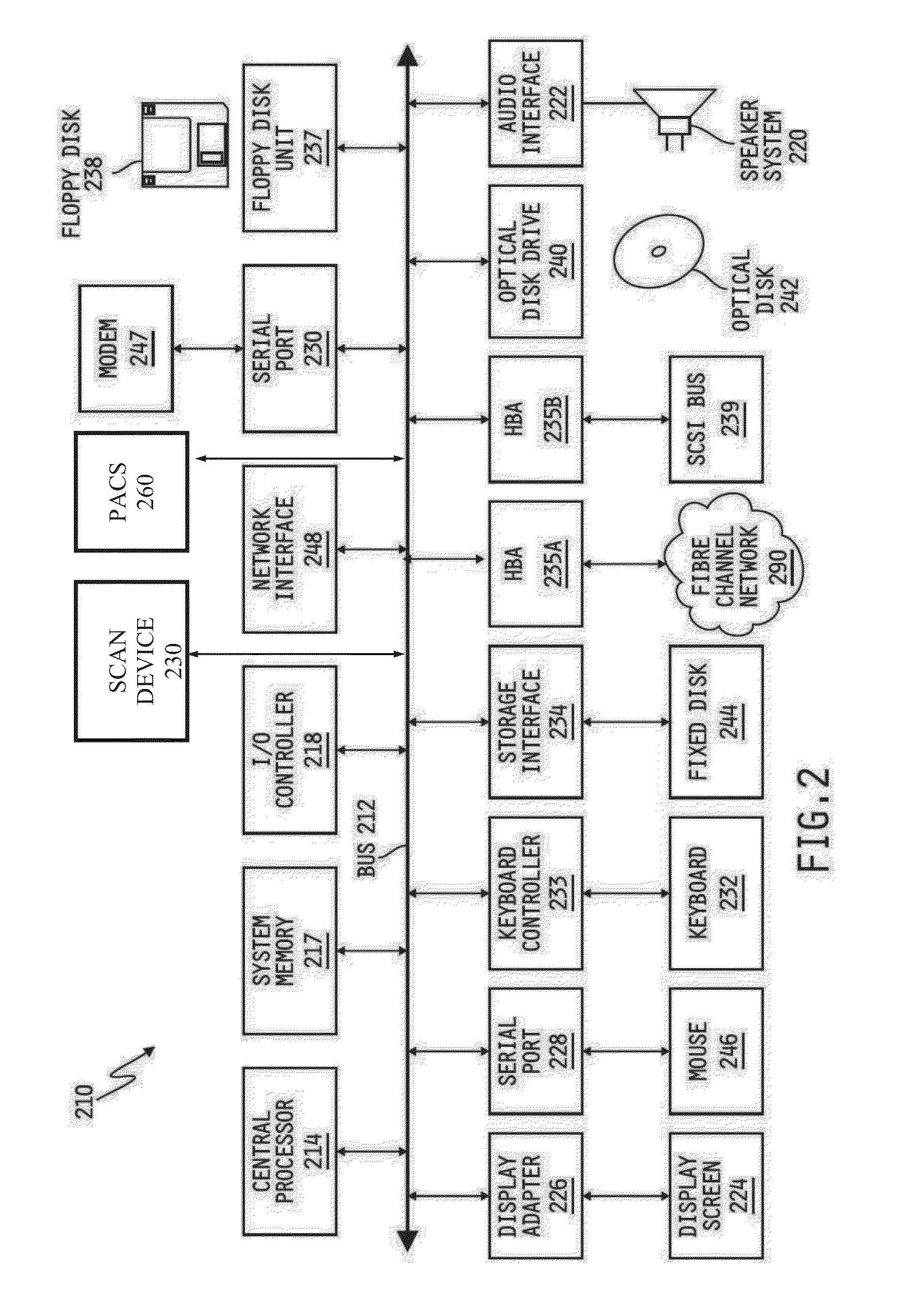Medical image dectection system and method
a technology of medical image and detection system, applied in the field of medical image detection software, can solve the problems of shortening the operation, reducing and increasing the anesthesia time, so as to reduce the incidence of rsis, reduce the cost, and improve the quality of patient car
- Summary
- Abstract
- Description
- Claims
- Application Information
AI Technical Summary
Benefits of technology
Problems solved by technology
Method used
Image
Examples
Embodiment Construction
[0042]The embodiment disclosed below is not intended to be exhaustive or limit the invention to the precise form disclosed in the following detailed description. Rather, the embodiment is chosen and described so that others skilled in the art may utilize its teachings.
[0043]The detailed descriptions which follow are presented in part in terms of algorithms and symbolic representations of operations on data bits within a computer memory representing alphanumeric characters or other information. A computer generally includes a processor for executing instructions and memory for storing instructions and data. When a general purpose computer has a series of machine encoded instructions stored in its memory, the computer operating on such encoded instructions may become a specific type of machine, namely a computer particularly configured to perform the operations embodied by the series of instructions. Some of the instructions may be adapted to produce signals that control operation of ...
PUM
 Login to View More
Login to View More Abstract
Description
Claims
Application Information
 Login to View More
Login to View More - R&D
- Intellectual Property
- Life Sciences
- Materials
- Tech Scout
- Unparalleled Data Quality
- Higher Quality Content
- 60% Fewer Hallucinations
Browse by: Latest US Patents, China's latest patents, Technical Efficacy Thesaurus, Application Domain, Technology Topic, Popular Technical Reports.
© 2025 PatSnap. All rights reserved.Legal|Privacy policy|Modern Slavery Act Transparency Statement|Sitemap|About US| Contact US: help@patsnap.com



